Bangalore is the largest city we visited on our journey around southern India and the fourth most populous on the sub-continent behind New Delhi, Mumbai and Hyderabad. All I can say is that it was plenty big enough for us! Having always been city lovers, after just a few hours in Bangalore we were craving peace, quiet and green spaces!
It began when we hired an auto-rickshaw to take us from the station to our hotel. For the first time in India, I felt genuinely terrified! The traffic was mad! Our driver took us at top speeds through the smallest gaps, we bounced over speed humps and hurtled through red lights. We came within a couple of centimetres of other vehicles. After I felt my knuckles, which were gripping the grab rail of the tuk-tuk, brush a passing bus, I made sure I kept my hands well within the confines of our vehicle! How we didn’t hit something, I’ll never know! All the car drivers drove with their wing mirrors flattened to the sides of their cars and many of the tuk-tuk drivers and motorbike riders (including ours) wore masks to protect themselves from the pollution. The noise from the car horns was indescribable! Miraculously, we made it to our hotel in one piece!
The main reason for including Bangalore in our itinerary was because we knew Mark’s maternal great-grandmother, Ada Turton, died there in 1902, so we spent a lot of our time in churches and graveyards, away from the hustle and bustle of the city. We had already found a record of Ada’s funeral online. It took place in St. Patrick’s which, at the time of her death, was designated a cathedral. Purely by chance, we discovered that it was located just a short walk from our hotel. So, on our first afternoon in Bangalore, we decided to go and have a look. St. Patrick’s Church, as it is now, is a thriving parish church (Catholic) with a school and boys’ home attached to it. A very helpful gentleman from the church office advised us that the graveyard belonging to the church was a mile or so away, directly opposite a building formerly used as a British army barracks and now home to the local police headquarters. This would explain why Ada was buried there. Her husband, Mark’s great-grandfather, Sergeant Holland Turton, serving with the 17/21 Lancers, was stationed there at the turn of the last century. Ada died of smallpox on 19th April, 1902 and was buried the same day, as was usual in cases of this terrible disease.
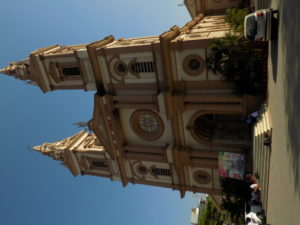
Our visit to the cemetery added nothing to our knowledge about Ada, despite the best efforts of one of the groundsmen who opened the office to show us the only records he had. These were lists of closely-typed names recorded numerically by plot number. Seeing as we had no such number for Ada, we had to search through every page. We found no mention of her, hardly surprising given the passage of time and the fact that vast parts of the graveyard have yet to be recorded. There is also the matter of earlier plots having been reused. We spent some time wandering around the cemetery – it meant something that we had visited Ada’s final resting place, as well as the church where her funeral had taken place, even though we had no physical evidence to show for it.
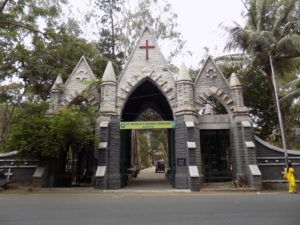
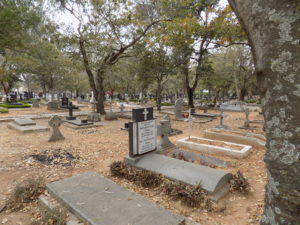
For the rest of our time in Bangalore, we visited some of the famous sites. This involved spending more time than I liked in tuk-tuks, as everything is so spread out in this vast city!
We visited the Bull Temple and the neighbouring Suree Dodda Ganapathi Temple. The former contains a huge granite monolith of Nandi (Shiva’s bull) and is impressive enough. Whilst we were looking around, we were unexpectedly pounced upon by a Hindu priest who blessed us and applied bindi dots to our foreheads. This wouldn’t be the only time this happened to us in India!
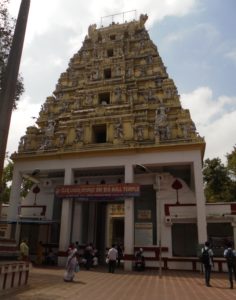
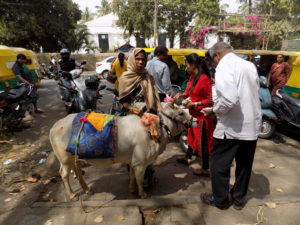
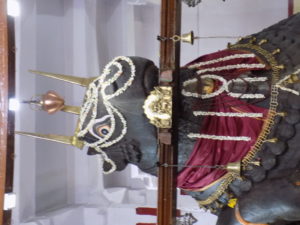
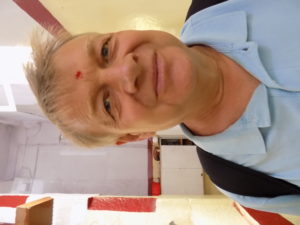
From the temples, we walked to Tipu Sultan’s Palace, notable for its teak pillars and ornamental frescoes. It was begun by Nawab Haidar Ali Khan in 1781 and completed by Tipu Sultan in 1791. Here we found much more evidence of Britain’s plundering the colonies of their treasures. All of the information boards referred to objects which weren’t there, but are, instead, on display in the Victoria and Albert Museum, the Imperial War Museum, Windsor Castle and, even, Powis Castle.
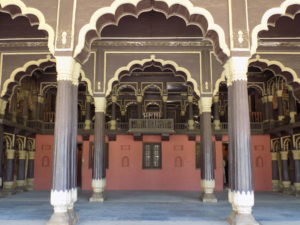
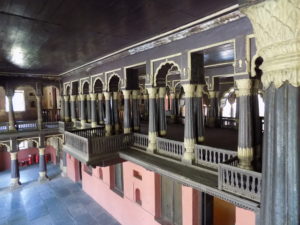
Bangalore is famous for being at the forefront of India’s burgeoning beer brewing industry and the city boasts a number of micro-breweries, many of which have bars and restaurants attached. We decided to visit one of these – Barleyz. Once again, it was in a different part of the city to where we were and, once again, we found ourselves on a long tuk-tuk journey through crazy traffic. We did eventually find it, but, to be honest, we decided it wasn’t worth the effort. We were the only customers, outnumbered by staff in the ratio of about ten to one and, yet, it still took an age to get served. The decor was very space-age – all stainless steel and glass – deigned, I guess, to appeal to Bangalore’s growing number of young professionals. They did brew on the premises (we could see the equipment behind a glass wall) and we were able to taste all six of the house beers, but none were anything special. We stayed long enough to have one very overpriced drink, unusally served without any accompanying nibbles, and then left to find somewhere with a bit more atmosphere!
Bangalore was also where we met our first hijra. These are transgender people assigned male at birth who have official recognition as a ‘third gender’ in India. They rely on the generosity of local people to give them money, clothes, food and drink. It is not considered to be begging, rather it is seen as an honour to be able to help them. Even so, it was rather disconcerting when a very macho-looking hijra, wearing a lime-green sari and lots of heavy make-up, stuck his head into our tuk-tuk when we were stopped at traffic lights, fluttered his eyelashes, took hold of my hand, and asked for money! We were to encounter many more hijra, both in Bangalore and in Chennai – some of them were truly beautiful, putting me in my travel-weary state to shame!
As we left Bangalore, our lasting impression was of a chaotic, modern, heavily polluted city, full of people in western dress, with a KFC, Dominoes, McDonalds or Subway on every corner. There was little to make us want to return.
Join our mailing list

Sign up to receive our monthly newsletter. Keep up with what we're doing and be the first to receive special offers and insider tips.

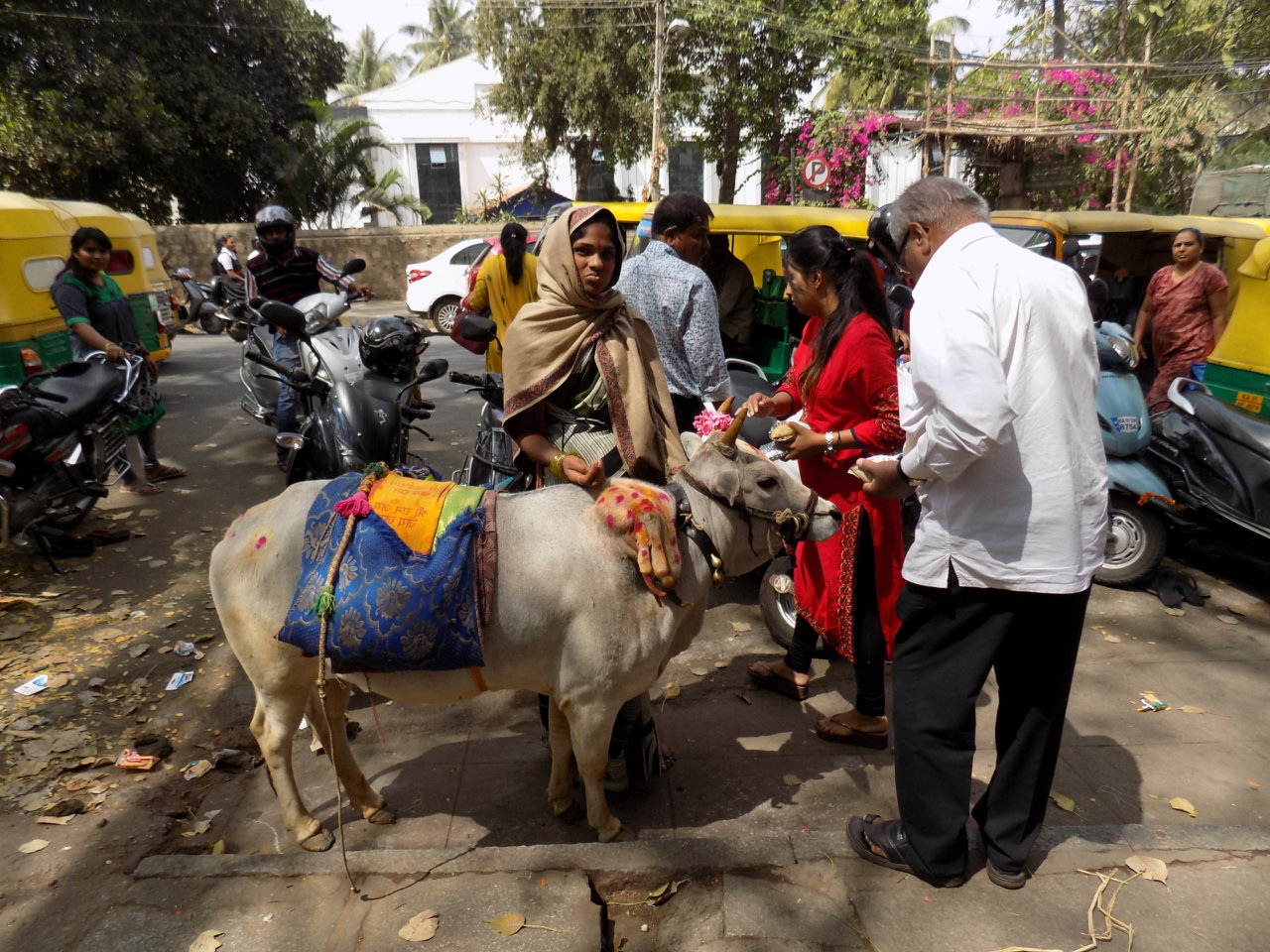
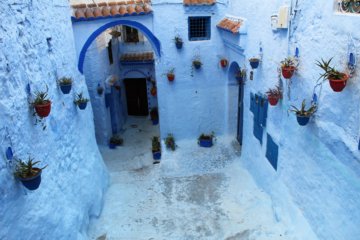

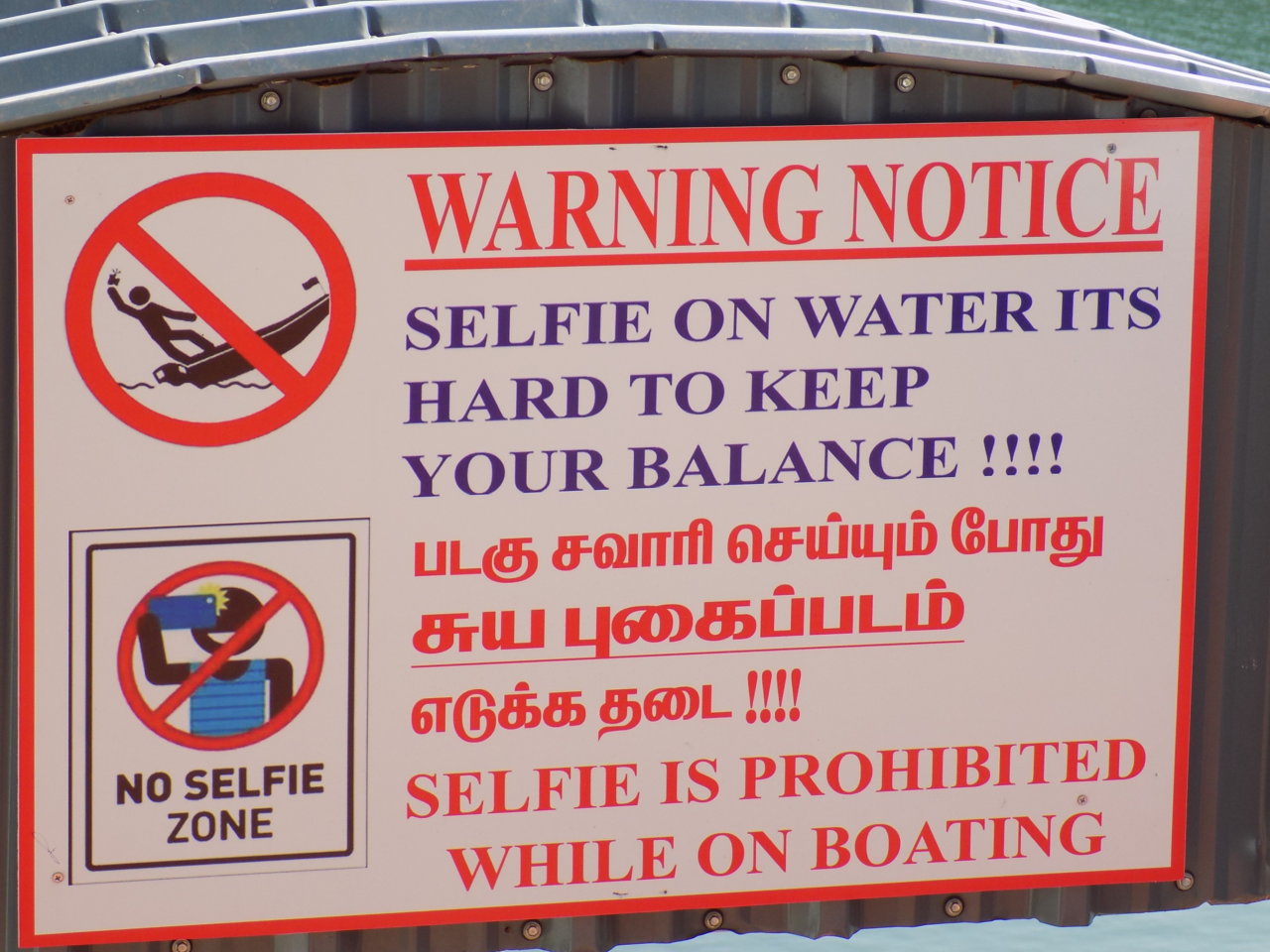
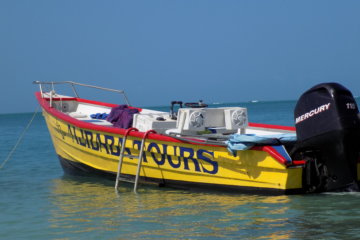
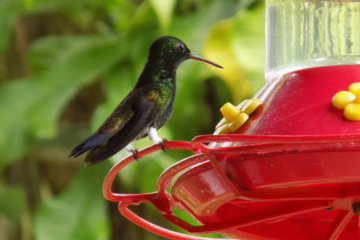

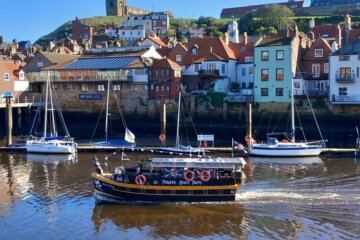
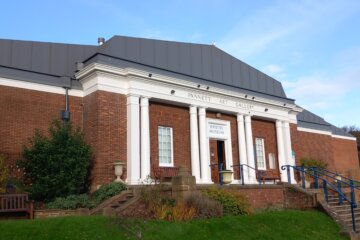

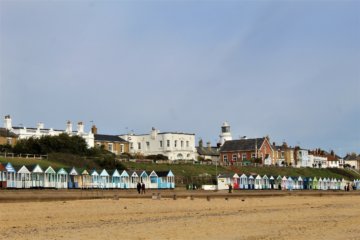
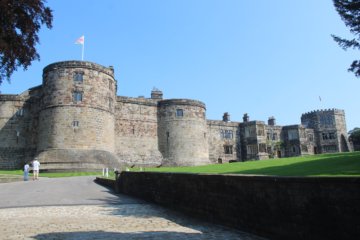
Your observations were honest. I thought the same when i first came to Bangalore. But slowly the city grew on me. Only thing I can’t relate to is your observation on greenery. There is greenery all around! So many trees is what keeps the weather moderate throughout the year when Delhi is burning like hell and in Chennai you’d be sweating your life out. You’re right about the city being over-populated and too westernised
Thanks for taking the time to comment, Sinjana – I really appreciate it! You’ve made me question my observation about the lack of green spaces. I’ll have to go back and check for myself 🙂